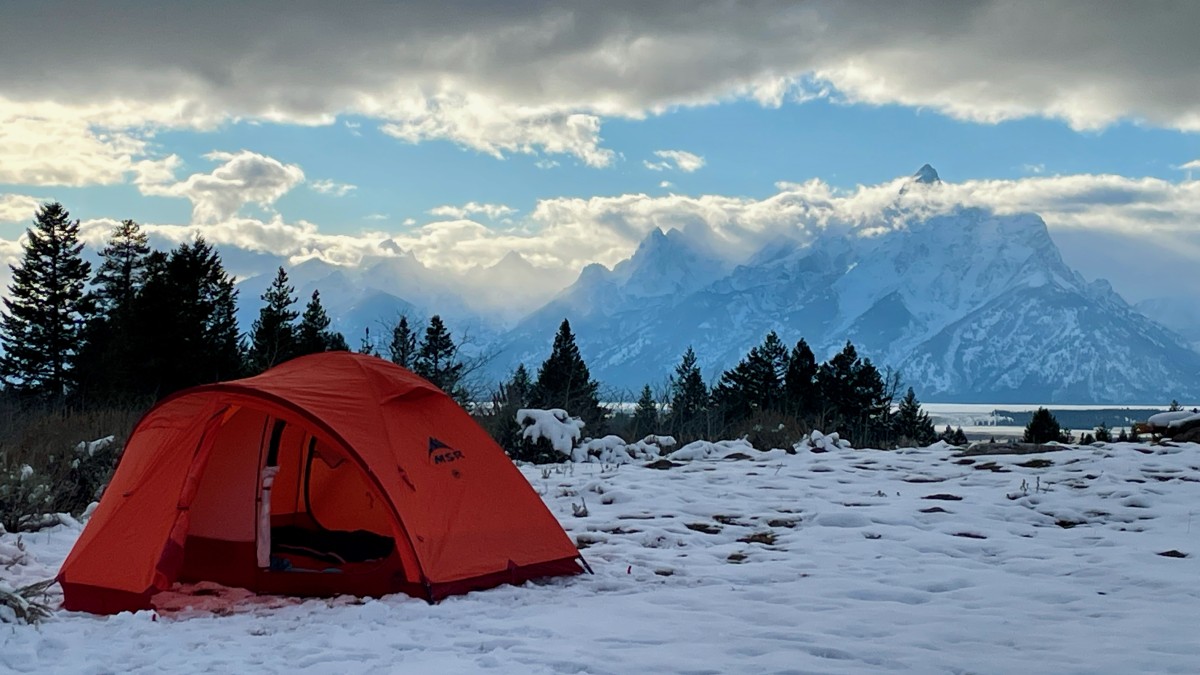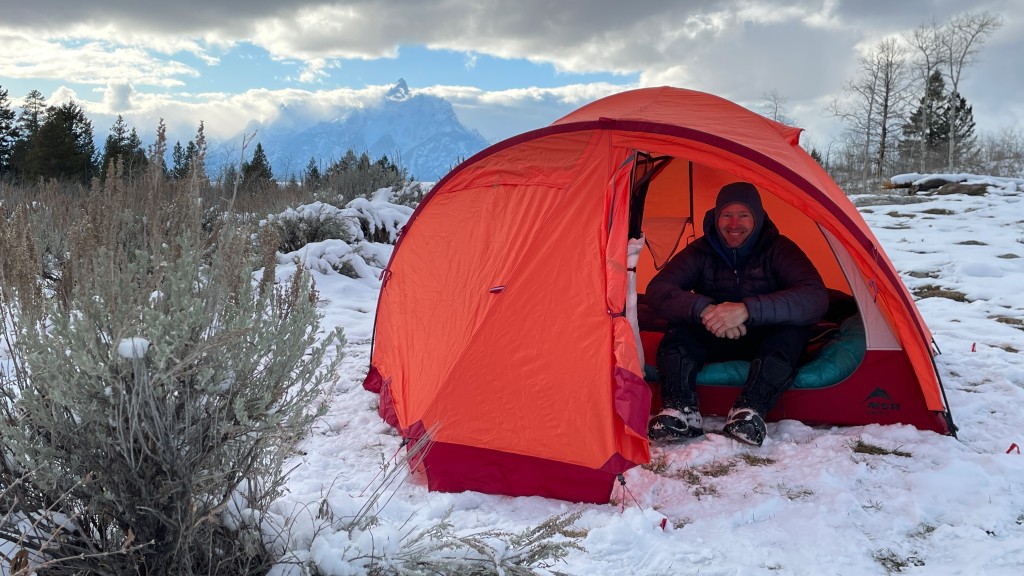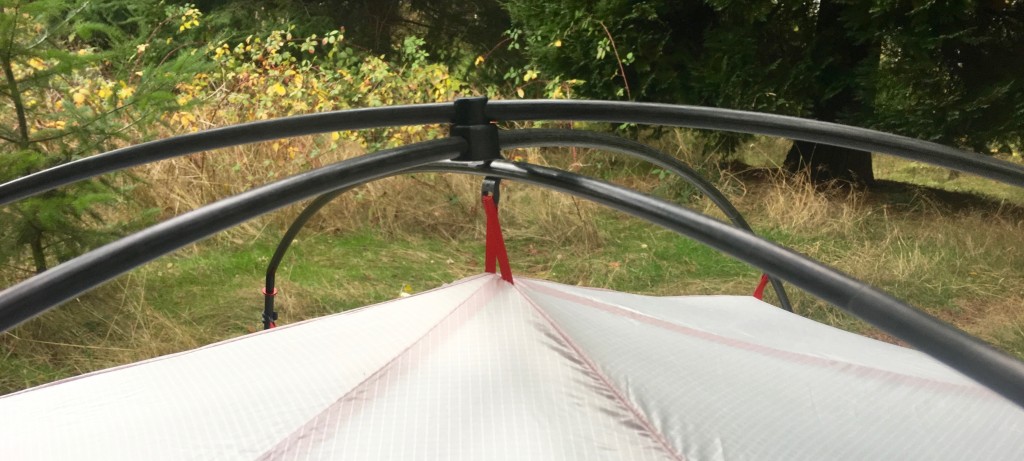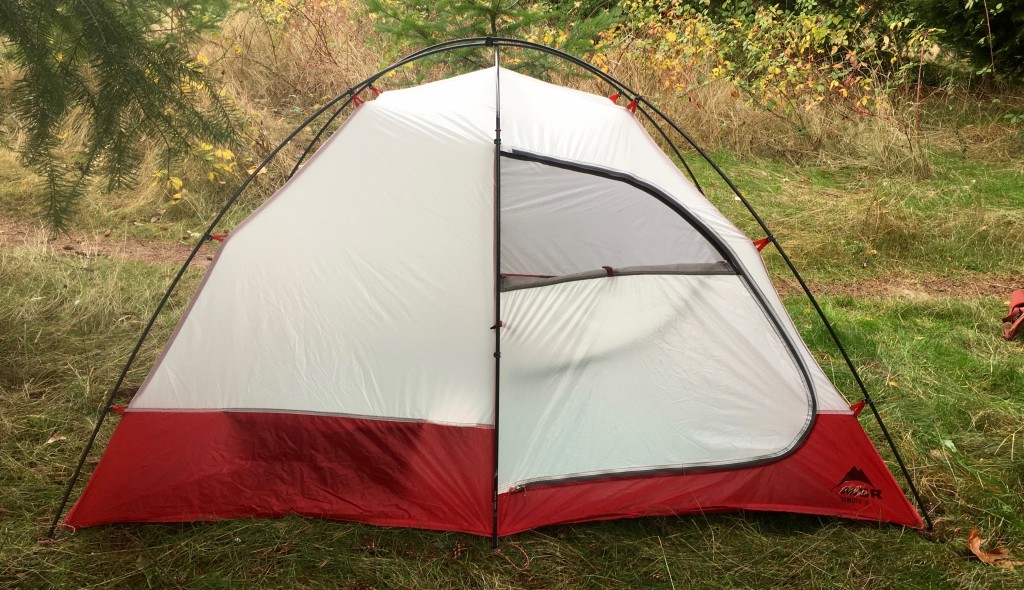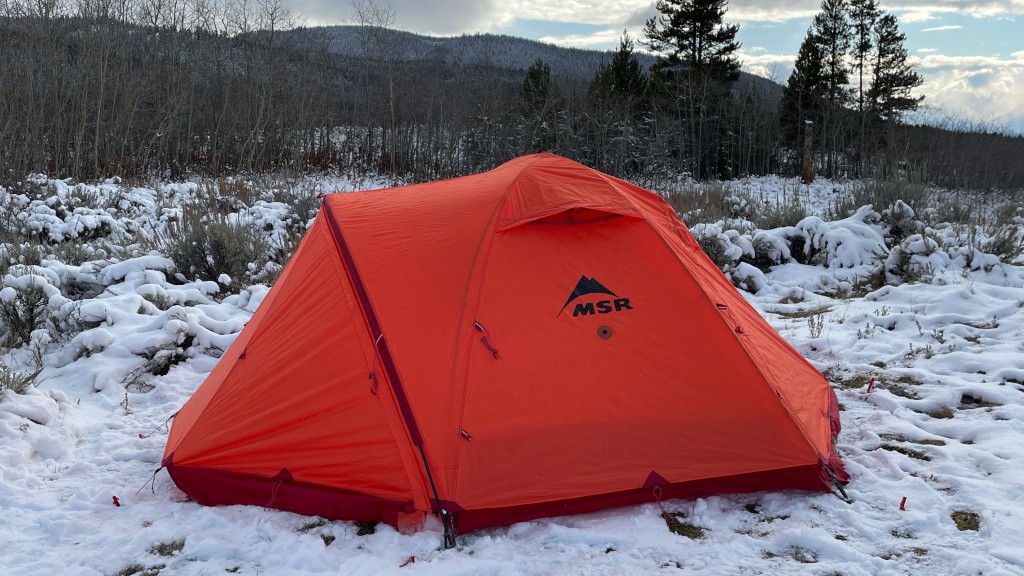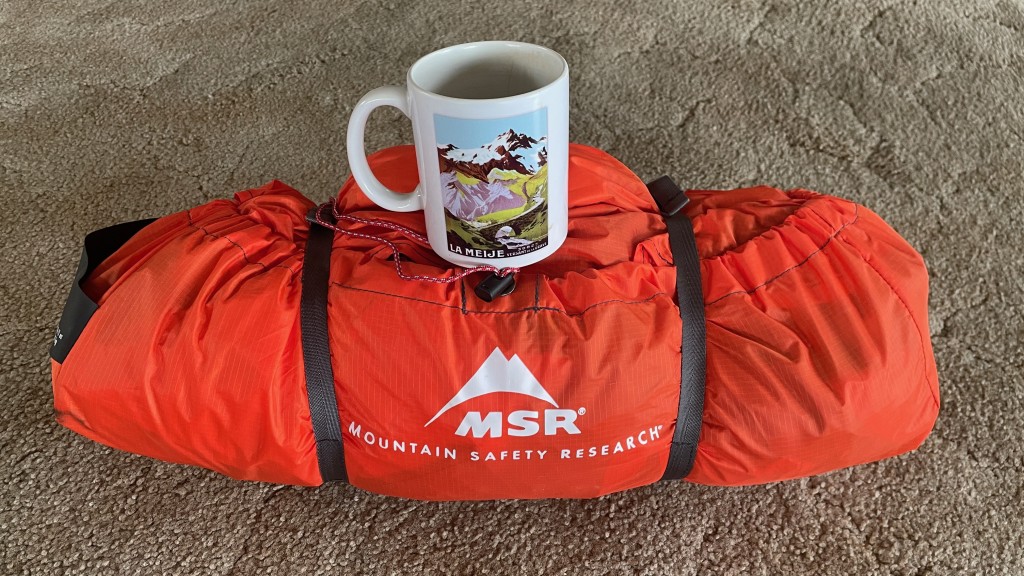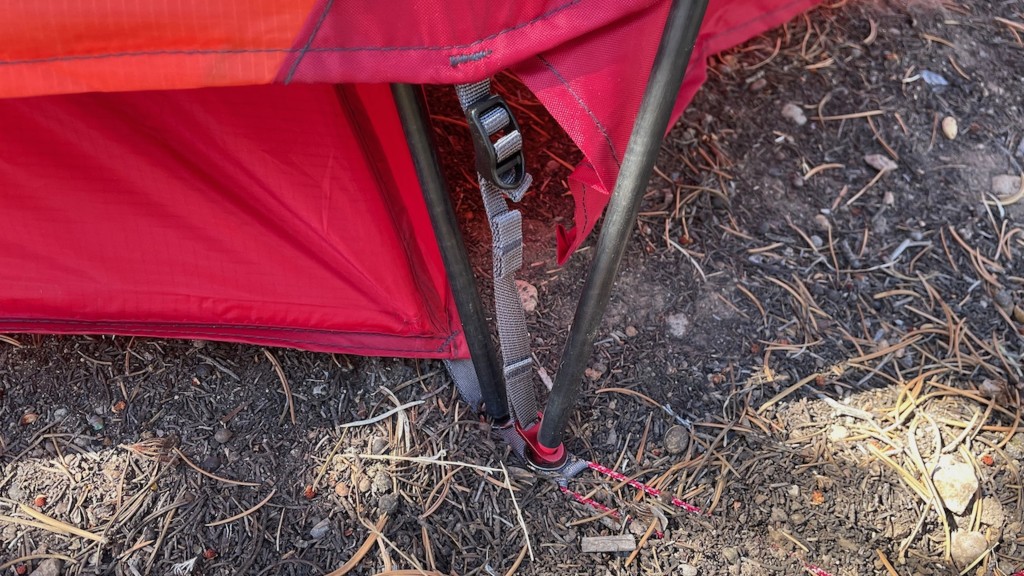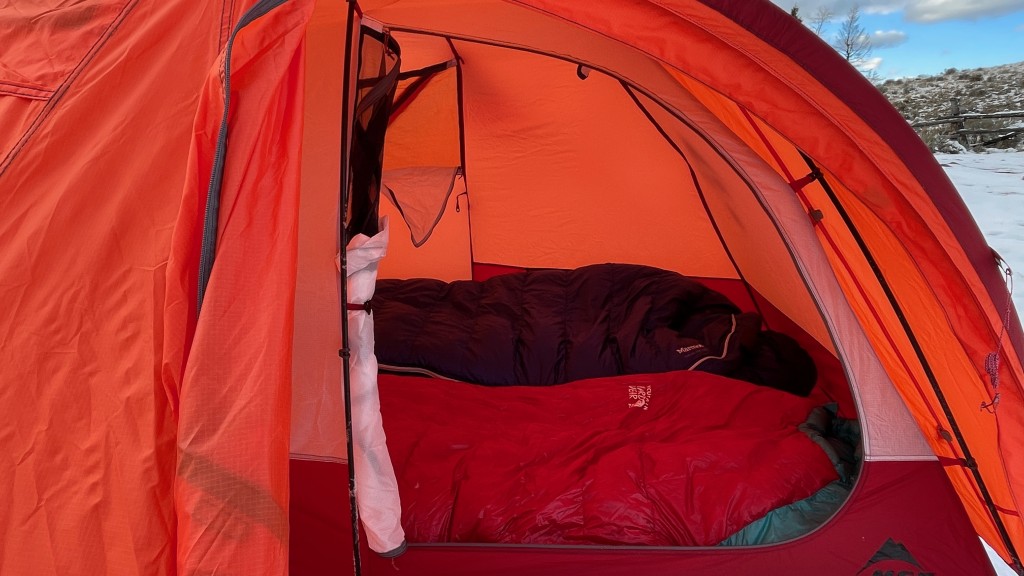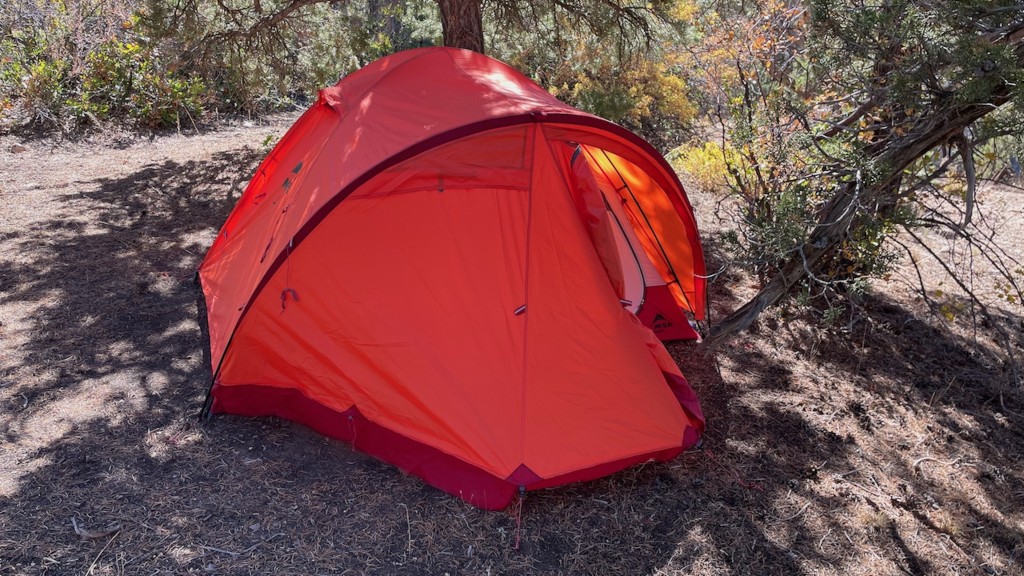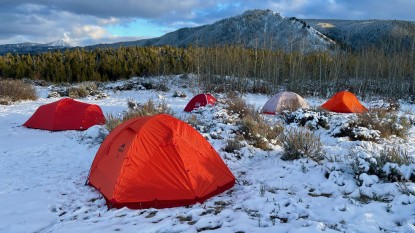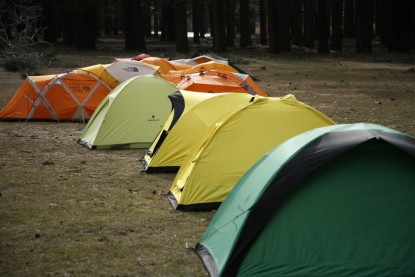Our Verdict
Compare to Similar Products
 This Product
MSR Remote 2 | |||||
|---|---|---|---|---|---|
| Awards | Best for a Spacious Basecamp | Best Ultralight Mid | Best Overall Value | Best Single Wall 4-Season Tent | Best for Expeditions |
| Price | $860 List $645.68 at Amazon | $699.00 at Backcountry Compare at 2 sellers | $690 List $690.00 at REI | $1,100 List | $900 List |
Overall Score  |
|||||
| Star Rating | |||||
| Bottom Line | Equally at home on extended expeditions or on summertime mountain adventures, this all-around model is versatile | If you're looking for a simple, waterproof shelter, this one is ultralight and easy to pack | Not as expensive as some other models, this option is a popular choice to bring on climbing adventures | This ultralight 4-season, single-wall tent will keep you warm and dry even in severe conditions | A spacious option that is tried and true on expeditions around the world; built for harsh conditions and comfy living |
| Rating Categories | MSR Remote 2 | Hyperlite Mountain... | The North Face Moun... | Samaya2.0 | Mountain Hardwear T... |
| Weather and Storm Resistance (30%) | |||||
| Ease of Use (30%) | |||||
| Weight (20%) | |||||
| Quality of Construction (10%) | |||||
| Versatility (10%) | |||||
| Specs | MSR Remote 2 | Hyperlite Mountain... | The North Face Moun... | Samaya2.0 | Mountain Hardwear T... |
| Minimum Weight (only tent, fly, poles) | 6.97 lbs | 1.20 lbs (fly only, Ultamid Insert would add 1.4 more lbs) | 7.87 lbs | 2.94 lbs (no vestibule) | 8.60 lbs |
| Floor Dimensions | 87 x 55 in | 83 x 107 in | 86 x 54 in | 87 x 43 in | 85 x 64 in |
| Peak Height | 43 in | 64 in | 41 in | 39 in | 38 in |
| Measured weight (tent, stakes, guylines, pole bag, stuff sacks) | 7.13 lbs | 1.49 lbs (without insert/tent body, stakes, or pole) | 8.50 lbs | 3.61 lbs (without optional vestibule) | 9.09 lbs |
| Type | Double wall | Single wall | Double wall | Single wall | Double wall |
| Packed Size | 7 x 20 in | 8.5 x 6 x 5.5 in | 7 x 24 in | 6 x 8 in | 8 x 24 in |
| Floor Area | 33.0 sq ft | 63 sq ft | 32.0 sq ft | 26.9 sq ft | 40.0 sq ft |
| Vestibule Area | 22.0 sq ft | N/A | 11.0 sq ft | 20.5 sq ft (sold separately) | 12.0 sq ft |
| Number of Doors | 2 | 1 | 2 | 1 | 2 |
| Number of Poles | 2 (single spider takes place of two cross poles) | 0 (use own trekking poles strapped together or tent pole sold separately) | 4 | 3 | 5 |
| Pole Diameter | 9.3 mm | N/A | 9.5 - 13 mm | 8.7mm | 10 mm |
| Number of Pockets | Side: 2, ceiling: 0 | 0 | Side: 6, ceiling: 2 | Side: 1, ceiling 1 (removable) | Side: 6, ceiling: 2 |
| Pole Material | Easton Syclone | N/A | DAC Featherlite NSL | DAC Featherlite NFL | DAC Featherlight NSL |
| Rainfly Fabric | 68D ripstop polyester 1800mm polyurethane & DWR | Dyneema composite (DCF 8) | 40D PU coated polyester | Nanovent 3-layer with removable Dyneema Composite roof cover | 70D Nylon Taffeta 2000mm |
| Floor Fabric | 40D ripstop nylon, 10,000mm Durashield polyurethane, DWR | None | 70D PU coated nylon | Dyneema composite fabric | 70D nylon taffeta, 10000mm |
Our Analysis and Test Results
The MSR Remote 2 is a jack-of-all-trades 4-season tent that's equally at home on extended expeditions as it is on weekend summer mountain adventures closer to home. While you can buy a model that will perform better for any one thing, it's hard to find one that does so well at everything.
Performance Comparison
Weather and Storm Resistance
The Remote 2 offers robust 4-season protection for mountaineering and winter camping. Since two of the poles are always attached to the central hub at the top of the tent, the Remote is significantly stronger than if the poles weren't attached.
The guyline attachment points on the fly are reinforced from the inside, greatly minimizing the chance they'll tear during high winds. For genuinely gnarly weather, all the guyline points have a corresponding velcro flap on the inside of the fly to attach it directly to the poles, which lets the guylines support the poles better. While we rarely used this feature in the lower 48 and southern Canadian ranges, it adds to the versatility of this tent, and it's a feature we'd likely utilize on a peak like Denali and early season or winter ascents of Mt. Rainier.
Snow flaps on the bottom edges also increase this tent's stormworthiness. We used the Remote in several fierce storms and were impressed with how well its design held up against wind and snow loading. It's on the higher end of the stormworthy spectrum, and we'd take this model to most places in the world.
Ease of Use
This is one of the easiest 4-season tents to pitch, even in bad weather. Save for the vestibule pole, two of the three poles that make up the body of the tent connect via a central hub. This design lets the poles snap together quickly and then clip into place using secure plastic taps. The third body pole inserts easily, as well.
The Remote 2 has 33 square feet of interior space and a massive 22 square foot vestibule area. It's plenty long, decently wide, and has room to accommodate equipment inside.
While hardly a necessity, it is nice to have two doors, and the Remote 2 is one of the lightest double-wall tents to have them. What sets it apart from other models is its massive hooped vestibule, which is supported by a third pole and helps this tent feel huge.
Weight
At 7.13 pounds, the measured packed weight of the Remote 2 isn't too bad for a double-walled tent of this size with a massive vestibule.
This definitely isn't in the fast and light category, but its weight makes it well-suited for multi-day ski touring, backpacking, river trips, and even worldwide expeditions.
Quality of Construction
At first glance, we weren't so sure about the strength of the fabric, poles, and attachment points on the Remote 2. However, we had no issues whatsoever with the strong Easton Syclone poles (some of the strongest tent poles on the market), the ripstop nylon tent fabric, or the reinforced attachment points for the poles, the rainfly, and the guylines. MSR did a great job designing a strong 4-season tent with lightweight materials.
However, the design of the rain fly attachment system leaves us desiring a more user-friendly system. In order to attach the rainfly grommets to the ends of the poles, we had to take our gloves off, which isn't ideal for setting up a 4-season tent in a potentially cold environment. It would also be advantageous if this tent included more stakes and cords for anchoring, and the duffel-style stuff sack is a bit on the small side, making it challenging to compress.
Versatility
This is a fairly versatile 4-season tent, and because of its double-wall design, it would also work well for occasional three-season use. The interior fabric offers good breathability, and the new ventilation system includes two zippered openings near the interior peak.
To help manage moisture, there are also zippered mesh panels featured on each of the two doors. These panels have flaps that are roughly half the size of each door. The huge vestibule adds versatility in stormier weather, with the option to partially or fully open the vestibule-side door, helping to manage moisture and condensation build-up. Since the vestibule is so big and has storm flaps, we rarely had any issues with snow and spindrift finding its way into the main body of the tent.
Overall, the Remote 2 is one of the more versatile 4-season models we've tested. It's light enough for many summertime mountaineering adventures and burly enough for winter camping. However, it's likely a little too heavy and bulky for some ski touring and carry-over alpine climbs.
Should You Buy the MSR Remote 2?
The Remote 2 is a versatile tent that is a little less expedition-focused and more of an all-around option. It is stormworthy enough to take to remote and harsh environments, but it isn't quite as spacious as a true expedition tent. What it gives up in spaciousness, it makes up for with direct savings in weight and packed volume. This makes it more practical to take on shorter-duration mountaineering adventures in the lower 48 or similar destinations.
What Other 4-Season Tents Should You Consider?
If you want the best of the best in a double-wall expedition tent, the Hilleberg Jannu is where we will steer you. Single-wall fans should look to the Samaya2.0. For those looking to save a few bucks, The North Face Mountain 25 is a great option, though, as we're sure you've noticed, very few high-quality 4-season tents are actually cheap. The one outlier in our current lineup is the Alps Mountaineering Tasmanian 2 — it's not as high quality or easy to use, but it will get you going for much cheaper than most of the competition.


